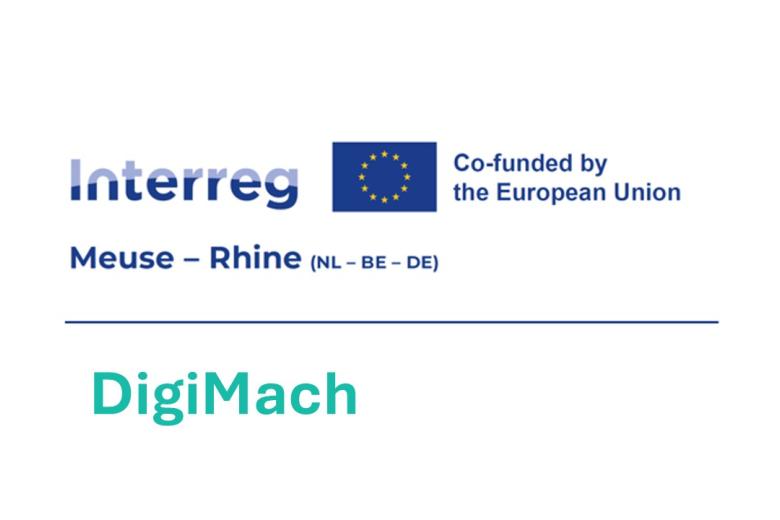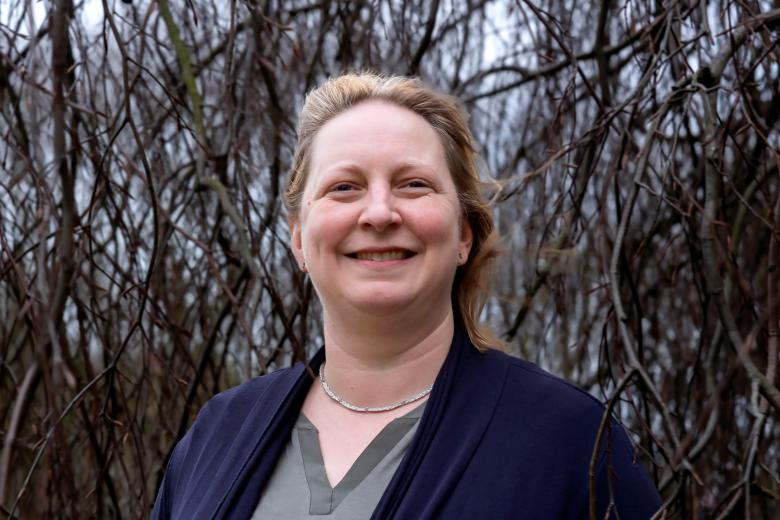ERC Advanced Grant for improved gravitational wave detection
The European Research Council today announced that it will award more than €2 million to Prof. Stefan Hild as part of its ERC Advanced funding scheme. The grant will help test and develop technology to make future gravitational wave observatories, like the Einstein Telescope, even more sensitive than planned.
Gravitational waves – ripples in the fabric of space-time, caused by extreme events like star collisions – help us to better understand the universe. They can for instance teach us what happened right after the Big Bang. For that, we do need to observe them. And while Einstein already predicted the existence of gravitational waves around 100 years ago, he also believed that humans could never measure their tiny effects here on Earth.
These days, it’s an understatement to say that the field of gravitational wave physics is accelerating. Scientists finally measured the first gravitational wave in 2015. Since then, high-tech observatories like LIGO in the US and Virgo in Italy have been detecting events on a weekly basis: a rate that is set for a steep increase in the future.
New horizons require new technologies
Physicists around the world are gearing up for the next generation of gravitational wave observatories, which should bump the detection rate from 1 to 1000s of gravitational waves per week. Building a machine like that is an extraordinary feat of physics and engineering, and incidentally, something that is not yet possible with the technology we have today.
The ERC Advanced Grant will fund the research and development of a new type of interferometer, an instrument that measures the wave patterns that arise when beams of light are superimposed. Evidence of gravitational waves that disturb the light beams – by physically making them a tiny bit shorter or longer – can be picked up through subtle changes in those patterns.
Our current gravitational wave observatories already use interferometers. However, Prof. Hild and his group invented two new methods that can theoretically use interferometry in a more powerful way. Prof Hild: “The sensitivity of state-of-the-art interferometers is limited by something called quantum uncertainty, which was originally predicted by Werner Heisenberg. With this ERC grant we will investigate whether some of our ideas and clever quantum technologies can ‘trick’ the Heisenberg Uncertainty Principle and make future gravitational wave observatories even more capable of unravelling the secrets of our Universe.”
On paper, the improved interferometers will not only be able to detect more gravitational waves, but also enable the search for different populations of black holes that cause them. Because the improved instruments will be compatible with current observatories, they can potentially save millions of euros on future upgrades. The challenge is now to translate these theories into practice and get the technology ready for use.
About the Einstein Telescope
Upon its completion, some 10 to 20 years from now, the Einstein Telescope will be the most sensitive gravitational wave observatory in the world. The design features three 10 km-long tunnels placed in a triangle. Lasers pass through these tunnels, and interferometers take measurements at each of the triangle’s corners.
To reduce the noise as much as possible, the Einstein Telescope should sit at least 200 meters underground and in optimal geological circumstances. Two locations are being considered: the Italian island of Sardinia, and the Meuse-Rhine region just outside of Maastricht.
Paving the way with ETpathfinder
Prof. Hild’s group is ideally suited to do just that. The group is currently leading the construction of ETpathfinder, a collaboration of more than 15 research institutions from the Netherlands, Belgium, Germany and France. ETpathfinder is a testbed for developing the technology required for future gravitational wave detectors like the Einstein Telescope. The facility at Maastricht University will play a crucial role in the development of the new interferometers.
Prof. Hild: “ETpathfinder will be the ideal testbed for developing and optimizing our new quantum-enhanced interferometry concepts. This will be one of many exciting technologies and techniques we want to research with ETpathfinder over the coming decades. Admittedly, tricking Heisenberg is kind of special and hence, this grant will cover one of the techniques closest to my heart.”
In total, 209 researchers from across Europe – of which 17 in the Netherlands – have received an ERC Advanced Grant during this funding round. Read the ERC statement
With this ERC grant we will investigate whether some of our ideas and clever quantum technologies can make future gravitational wave observatories even more capable of unravelling the secrets of our Universe.
Prof. Stefan Hild
Also read
-
DigiMach: Digital Transformation of the Machining Value Chain for Sustainable Growth
DigiMach is a transnational 3-year collaborative approach that will transform manufacturing across the Meuse-Rhine region by bringing AI, IoT, and robotics to small and medium-sized enterprises in the machining sector. The project will assist more than 150 SMEs to adopt smart, digital tools, through...
-
Working at UM: “a life-changing experience”
"I am proud that our new Circular Plastics group published its first completely in-house research," Kim Ragaert says. She founded the research group three years ago, when she moved to Maastricht. Her work has laid the foundations for many innovations in the field of plastic recycling, and she is...
-
How does the universe taste?
Gerco Onderwater investigates the flavour of the universe while guarding the flavour of the Maastricht Science Programme. On 31 May, during his inaugural lecture, he provided a pre-taste of his work in Maastricht.